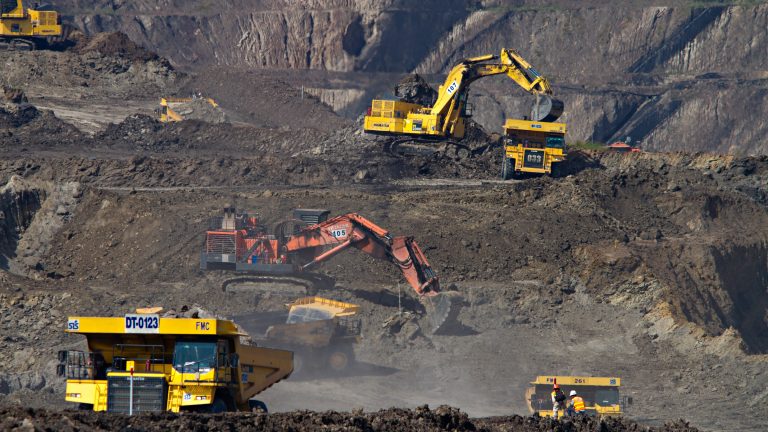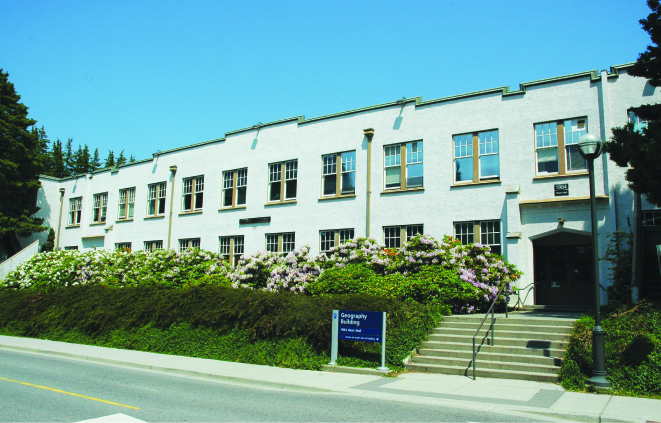A new review of environmental assessments (EAs) for BC mining projects spanning over two decades has found that the process is inadequately addressing the gendered impacts of resource extraction.
Published in The Canadian Geographer, the study by was co-authored by associate professor Jessica Dempsey, graduate students Ceall Quinn and Inari Sosa-Aranda, recent graduate Anna Gabriela Doebeli, and SFU research associate Dawn Hoogeveen.
The authors found that 60% of projects between 1995 and 2019 did not consider the gendered impacts of mining development, and the remaining 40% inconsistently assessed those impacts.
So what are gendered impacts?
Labour equity: BC EAs fail to address the fact that women are disadvantaged in the mining sector, and that men receive most of the high paying jobs. Other jurisdictions like Newfoundland and Labrador already require this consideration.
Sexual violence: There was no consideration of the safety of sex workers, and sexual violence was only mentioned on three occasions across all of the EAs. Both are dissonant with the body of research on gender violence and resource extraction, and particularly with the results of the National Inquiry into Missing and Murdered Indigenous Women and Girls.
Intersectional impacts: When issues such as domestic violence or substance use were included, they were generalised across all communities as though their experiences are the same. Substantial consideration was not given to the disproportionate impact on Indigenous communities, and particularly on Indigenous women, girls and 2SLGBTQIA+ people. Further, there was no consideration of gender diversity.
“Even where gender is considered,” the authors write, “the assessments often collapse this concern into one of “women’s issues,” obscuring intersectional impacts and downplaying violence along racialized and gender diverse lines, including those experienced by Indigenous women, children, two‐spirit, trans, queer and non‐binary people.”
They conclude: “Environmental assessment is a regulatory tool designed to adjudicate the impacts of mining projects, yet our results lead us to conclude that it is also a tool of environmental injustice,compounding and further sedimenting heteropatriarchal and racialized patterns produced through generations of settler colonial resource extraction in BC.”



